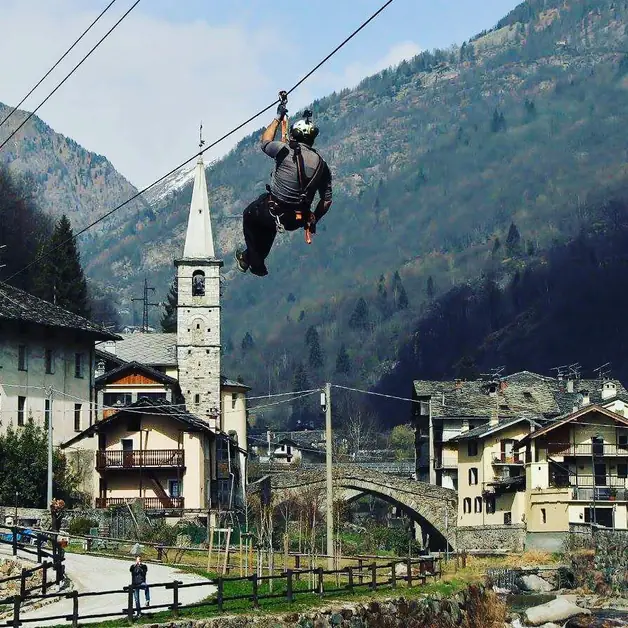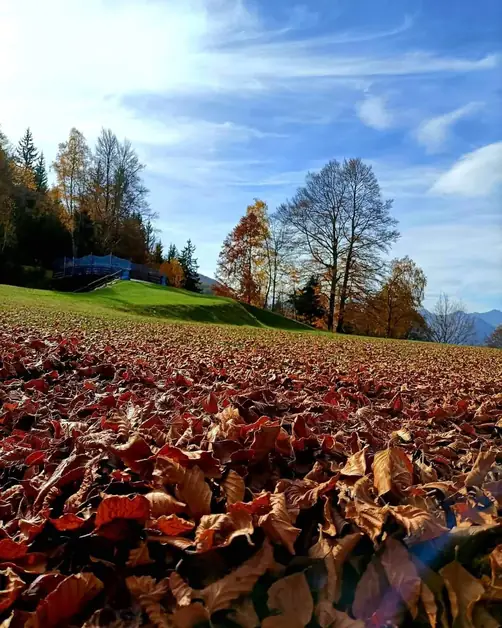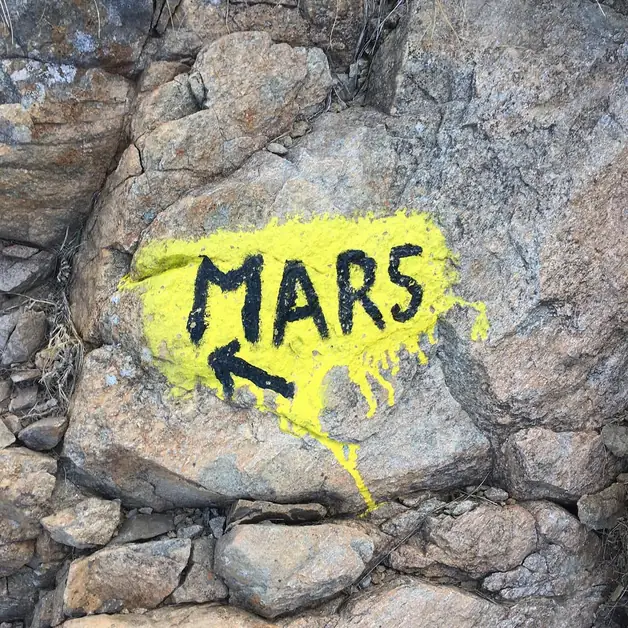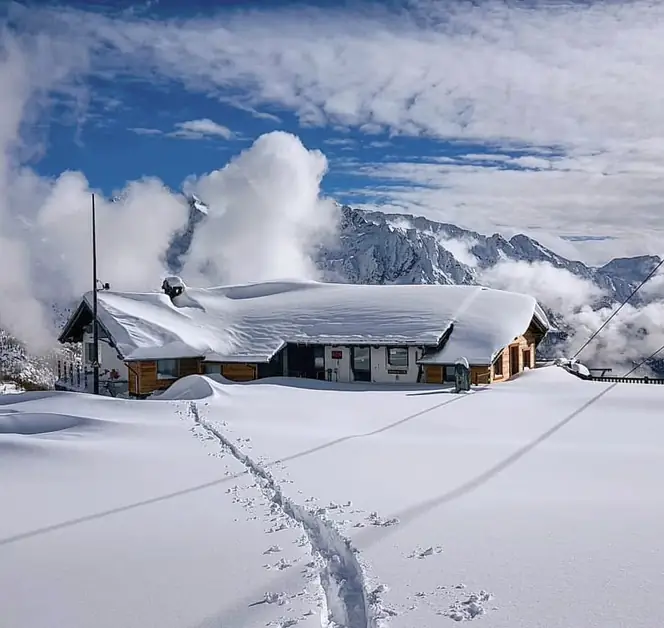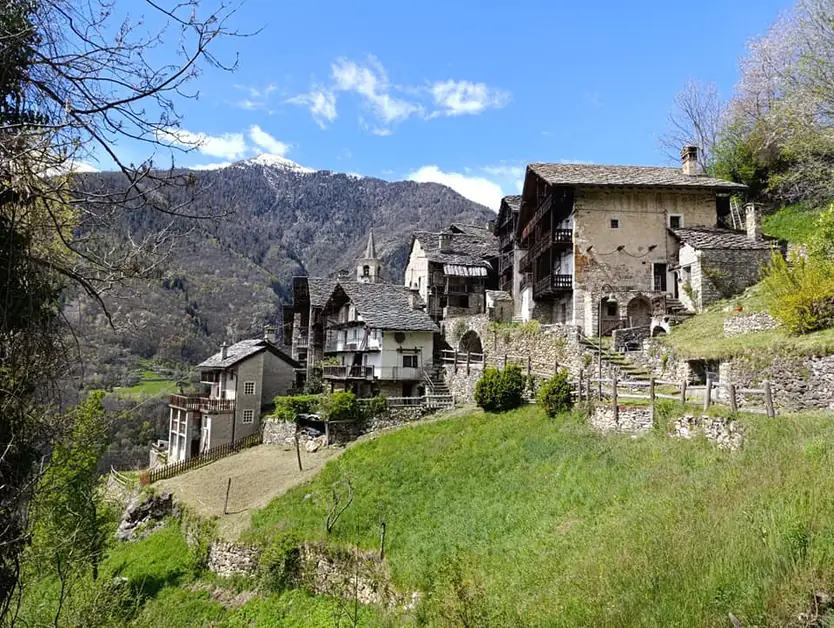The journey from Fontainemore to Oropa between nature and spirituality
The journey from Fontainemore to Oropa is a unique experience between nature and spirituality.
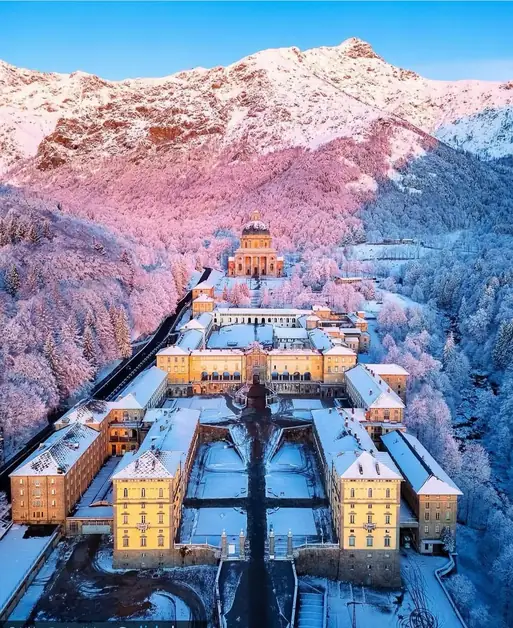
Why is the journey from Fontainemore to Oropa so special?
Because it is not just a mountain path, but a journey through time and spirit. A trail marks the passage of generations that have crossed these mountains for centuries, connecting villages, valleys, and pastures. It is the living testimony of man on the territory, the thread that weaves together culture, faith, and tradition. The journey from Fontainemore to Oropa represents one of the most evocative itineraries in the Alps, a path that connects the Aosta Valley to Biella and culminates at the Sanctuary of Oropa, the most important Marian sanctuary in the Alps.
Where does the journey to Oropa begin?
The starting point is in the small village of Pillaz (1246 meters), a fraction of Fontainemore. At the center of the village stands a chapel built in 1683, with the inscription "pour la plus grande gloire de Dieu", a testament to the devotion that has accompanied those who have traveled this route over the centuries. From here, following the trail marker no. 2 (Colle della Barma), one enters the forest along a path that begins gently and then progressively climbs towards the Vallone del Vargno.
What is the first part of the path like?
In the first kilometers, the path is straight and shaded, immersed in a forest of larches and white firs. The sound of the Pacoulla stream, flowing to the left of the path, accompanies the steps with its constant melody. The silence of the forest, interrupted only by the song of the birds, invites one to slow down and breathe deeply. It is a stretch that prepares for the subsequent ascent, perfect for tuning in with nature and oneself.
Is the path challenging?
Yes, but it is a commitment that gives deep emotions. After the first stretch in the woods, a winding ascent makes the path more strenuous, but also more panoramic. Along the ascent, grassy clearings open up, where the slope softens and the gaze is lost in the green of the meadows and the intense pink of the blooming rhododendrons. Near the Mattà pasture, the landscape changes: meadows alternate with rocks and streams, creating scenes that seem to come out of an alpine painting.
What can be found when entering the Mont Mars Nature Reserve?
After passing the Mattà pastures, the path becomes partly paved and enters the Mont Mars Nature Reserve, a high-altitude environment of extraordinary beauty. Here the landscape is dominated by rocks, glacial basins, and small lakes that reflect the sky. In order, three main basins are encountered: Lake Vargno, surrounded by alpine meadows; Lake Lei Lounc (1901 meters), a clear water mirror at the foot of Monte Mars; Lake Barma (2020 meters), nestled between the peaks and dominated by the nearby refuge. This succession of lakes makes the ascent a complete sensory experience: the green of the meadows, the blue of the water, and the scent of mountain wind accompany every step.
Where is the Barma Refuge and what does it offer?
The Barma Refuge is located just a few minutes from the lake of the same name. It is an ideal resting point to refresh oneself after the ascent. Built of stone and perfectly integrated into the landscape, the refuge offers traditional Aosta Valley dishes, homemade desserts, and local wines. It is also a meeting place for hikers and pilgrims, who share stories, experiences, and the joy of having reached this point immersed in nature. From the refuge's terrace, the view opens up to an amphitheater of mountains and valleys that takes one's breath away.
What can be found at Colle della Barma?
After a short but intense ascent, one reaches Colle della Barma (2256 meters), marked by a cross and a small stone shelter. It is an extraordinary panoramic point and a natural border between the Aosta Valley and Piedmont. From here, the view expands over the peaks that separate the two regions: a grand spectacle that rewards every effort. Those who arrive at the pass often stop in silence, overwhelmed by the emotion and peace that only the mountain can convey.
What is the connection between the path and the Oropa Procession?
The journey from Fontainemore to Oropa is not just a hiking itinerary, but also a spiritual path. Every five years, in fact, the faithful from Aosta participate in the Oropa Procession, a night pilgrimage that starts from Fontainemore and reaches the sanctuary at sunrise. During the night, pilgrims walk singing hymns and prayers, crossing forests and hills until they reach the Marian basilica. It is an intense experience of faith and communion with nature.
What can be found descending towards Oropa?
From Colle della Barma, the path descends on the Biella side, crossing the Pian della Ceva, a wide plateau where pilgrims often stop to wait for dawn. In this place stand the Five Crosses, erected in memory of five young Aostans who were caught in an avalanche in 1787 while returning from the procession. Continuing along the cable car route, one arrives at the Savoia Hotel (1868 meters), the endpoint of the cable car that ascends from Oropa. From here, the view of the Sanctuary of Oropa appears in the distance, with its majestic basilica standing out among the mountains.
What is the arrival at the Sanctuary of Oropa like?
The last stretch follows an asphalt road that runs alongside the Oropa stream. When one finally arrives at the Sanctuary, the fatigue fades in front of its grandeur. The Upper Basilica, with its harmonious shapes and gray stone that blends with the landscape, dominates the entire complex. A visit to the Ancient Basilica, the spiritual heart of the sanctuary, is a moment of profound reflection. Here is the Black Madonna, whose sweet and austere smile has welcomed pilgrims and hikers for centuries. It is the destination of a journey that unites two regions, but also of an inner journey that leaves an indelible mark on the heart of those who travel it.
